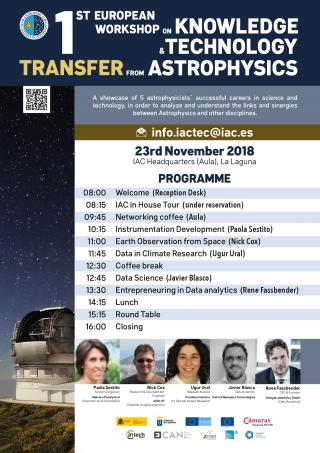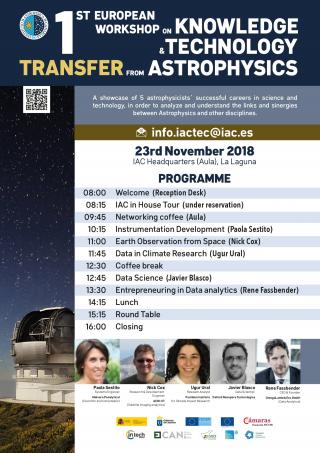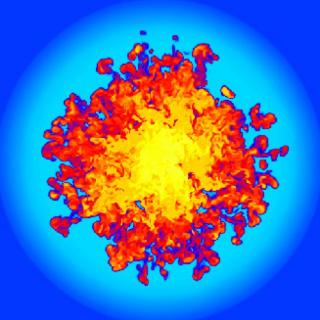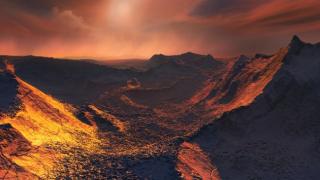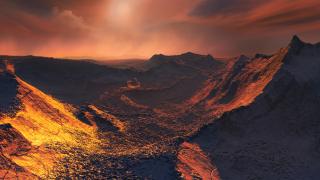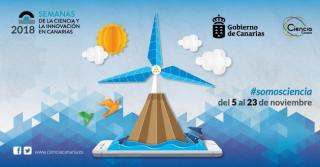
El Instituto de Astrofísica de Canarias y el Museo de la Ciencia y el Cosmos, de Museos de Tenerife, ofrecen más de una decena de actividades divulgativas a lo largo del mes. Entre ellas, algunas en el marco de las XIV Semanas de la Ciencia y la Innovación organizadas por el Gobierno de Canarias.
Advertised on
